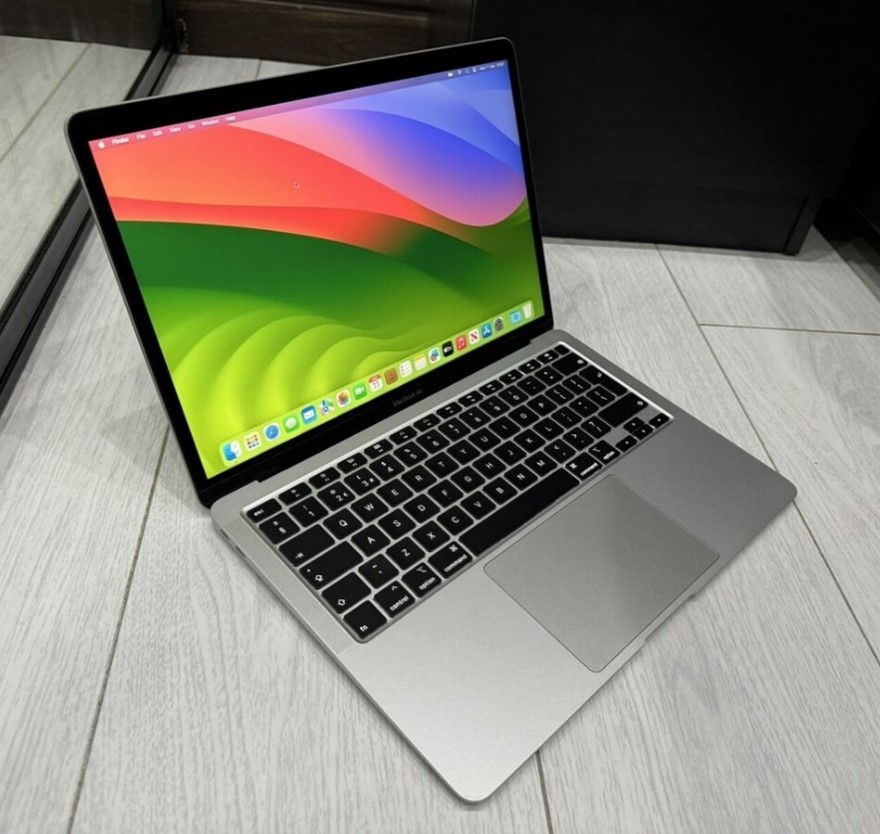The focus on AI often overshadows progress in other tech areas, notably in the new generation of notebook processors. Apple introduced the M3, Intel launched the Meteor Lake, and Qualcomm released the Snapdragon 835 and 660. MediaTek joined with its 7200 SoC, while AMD presented the Ryzen 8000G series at CES 2024.
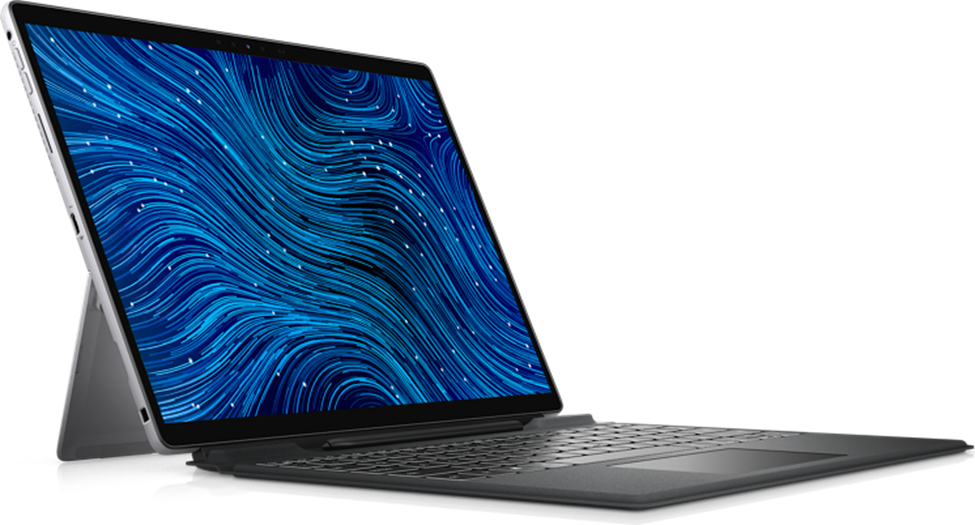
While most of the headlines are about anything that can remotely associate itself with AI, other areas of technology are still developing and making extraordinary gains. Not the least of which is the new generation of processors for notebooks. Apple made the first moves with its M series of processors and introduced the M3 in October 2023. Intel introduced the extremely low-power Meteor Lake mobile processor in December 2023. Qualcomm has introduced a series of low-power processors such as Snapdragon 835, 660, 821M, and X. And joining the crowd is MediaTek with its 7200 SoC. At CES 2024, AMD introduced the Ryzen 8000G series. The Ryzen 7 8700G headlines the product line, but it is not in the same power consumption class as the other SoCs.
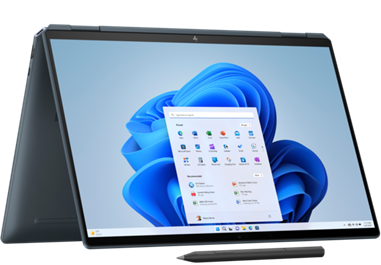
The new generation of super low-power notebook processors is going into super thin and light 2-in-1 notebooks that will run for days on a single charge and weigh just a few pounds. Qualcomm’s Snapdragon X can hit the lowest power consumption at 10W (and also get up to 80W in some workloads). AMD’s Ryzen Embedded R2000 series can operate as low as 12W but lacks a GPU.
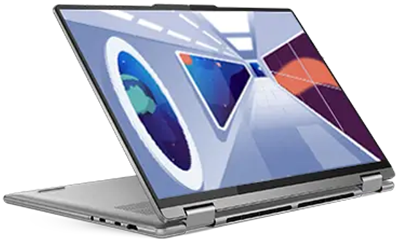
Given that landscape and the increasing demand for the 2-in-1 thin and light, long-battery-life notebooks, we think AMD will announce a new series of low-power APUs this year. Of course, they will have to be branded as AI PC APUs, so putting all that in one headline is going to require some very clever wordsmithing.
AMD announces 3nm APUs for 2-in-1 thin and light low-power AI PCs.
Well, that wasn’t too hard. Now we just have to wait for AMD to say it.
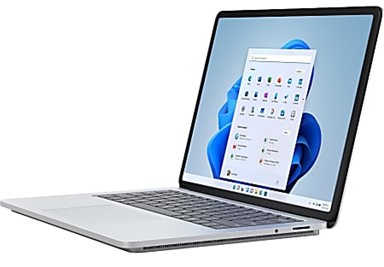
The problem that the low-power processors face is clicking in their NPUs when the user wants to do some inferencing or talking to LLM, and then quickly, seamlessly drop out and use low-power cores. So there will have to be two battery-life ratings, AI on and AI off, kinda like they used to do for gaming on a laptop.
